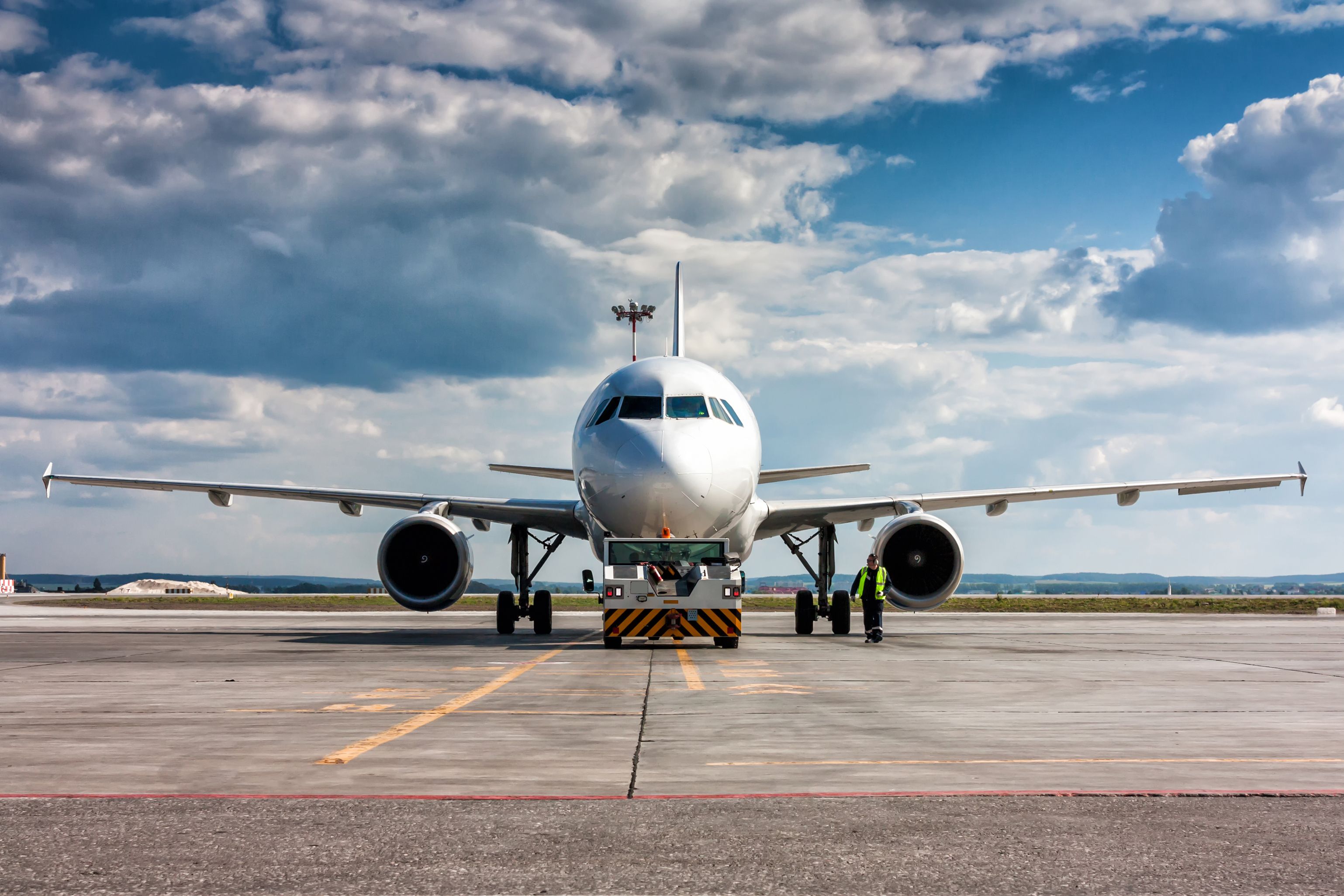
Summary
- An Austrian Airlines A320neo suffered severe damage after colliding with ground service equipment in Vienna.
- The incident involved the plane’s stabilizer being ripped off and its wing aileron crushed.
- Ground damage from mistakes during towing and pushing back operations can be costly.
An Austrian AirlinesAirbus A320neo sustained severe damage after coming in contact with a jet bridge at Vienna Airport on Saturday. The incident is the latest in a slew of airport ground collisions involving aircraft this year.
During the ordeal, the plane’s right horizontal stabilizer tore off and was seen lying on the tarmac. The aircraft’s right wing was also damaged as it reportedly collided with a utility pole.
What happened
Details about the incident began to populate on social media overnight and early Sunday morning. Multiple reports suggest the aircraft was arriving at Vienna International Airport (VIE) after a flight from London Heathrow Airport (LHR) as OS456. According to Flightradar24.com, the A320neo is registered OE-LZQ and remains on the ground at VIE.
Photos show the aircraft receiving significant damage, with its stabilizer completely ripped off and the jetbridge adjacent.
Other photos illustrating the damage show a crushed outboard aileron on the right wing near the sharklet after it collided with a large pole.
The plane, which arrived on schedule, pulled into gate G11 at around 22:45, data from FlightAware indicates. Further information about the timing of the collision and whether there were any injuries is unknown.
Simple Flying contacted Austrian for comment on Sunday, but a representative could not be immediately reached. According to ch-aviation, the aircraft is less than a year old. Its first flight was in May 2023 and was delivered to Austrian in June. With major damage to two critical parts on the jet, it will likely be out of service for months to receive repairs.
The three incidents in the last week
Aircraft incidents on the ground have been on the rise. Simple Flying covered just two incidents last week, happening just days apart. On Thursday, a United Airlines A319 clipped its wings with another United plane at San Francisco International Airport (SFO). The extent of damage to both planes is unknown, but flight data indicates the A319 is expected to return to service this week after being grounded from the mishap.
On April 1st, an American Airlines A320 came in contact with what was believed to be an A321, also operated by American at Philadelphia International Airport (PHL). Details about the damage to both aircraft is unclear. The Fort Worth, Texas-based airline was involved in another incident last month when one of its Boeing 777-300ERs hit a Frontier Airlines A321neo at Miami International Airport (MIA). The triple-seven sustained minor damage to its left horizontal stabilizer as it punctured a hole into the vertical stabilizer on the A321neo – receiving the brunt of the damage. American has since returned the widebody to service, while the Frontier jet remains grounded at MIA.
Expensive mistakes
Ground damage is often avoidable and costly. From 2016-2022, more than 26% of aircraft damage resulted from contact with ground support equipment (GSE) and/or ground vehicles, according to Aviation Pros. Collisions from towing or pushing back accounted for 25%.
Photo: Dushlik | Shutterstock
According to Brandon Popovich, the Manager of Safety and Training at the National Air Transportation Association (NATA), some ground damage is “obvious,” whereas other damage may not be noticed initially and would “require an inspection.”
Regardless, repair costs can often range from as little as $50,000 to as much as $100,000, according to Jason Mann, the former general manager at West Jet Aviation.
“The wing tips, tails, as far as towing, and in general, wing trailing edges are really prone to seeing some ground damage because you’re loading and unloading baggage behind the wing,” Mann explained. “You’re doing maintenance on engines, so you have engine stands and things behind the wing. So those are the areas that tend to see dings more often than other areas.”
Discover more from reviewer4you.com
Subscribe to get the latest posts to your email.






